I thought the quality of your image might be interfering. Binarizing your image did not help : recognition was zilch. I also tried a very sharp black and white image of a crossword puzzle solution. (see below) Again, nothing was recognized whether in regular or binarized format.

So I removed the black background leaving only the letters and their thin black frames. Again, recognition was about 0%.
When I removed the frames from around some of the letters AND binarized the image the only parts that were recognizable were those regions in which there was nothing but letters. (see below)

Notice in the output below, ANTS, TIRES, and TEXAS are correctly identified (as well as VECTORS), but just about nothing else.
Notice also that, even though the strings were widely spaced, mma interpreted them as words, rather than separate letters. Note "TEXAS" instead of "T E X A S".
TextRecognize[Binarize@img]
(* output *)
ANTS FFWWW FEEWF
E R o If IU I?
E A FI5F WWWFF 5
5552? L E F F
T s E NTT BT|
H0RWW@0WVlWF;EE F
5 W E ; OCS
FOFT W W R AL%AE
A TT I T ? _
i iE@W'NF WG%S W
A A EW F I i
SWWTW W ALTFCWD N
H A V 5 A F F
PLATT EWWLIGHT
W N E T
HE TIRES C
TEXAS VECTORS
I didn't have the patience to completely clean up the image. It would have been much faster to retype the text by hand.
Conclusion: Don't use text recognition in mma unless you have absolutely clear text against an even-colored, bright, preferrably white, background.
The results also varied depending on the file format used. Avoid .pdf altogether.
Edit
acl captured and tried to recognize the last 5 lines (above Edit). His results (in a comment below): mostly gibberish.
I decided to do the same. But since Prashant warned that text size makes a difference, I zoomed in first so that the text appear (to my eyes) to be about 20 pica. Below is the picture of the text I scanned and TextRecognized.

Here's the result of an unbinarized TextRecognize (at that large size):
Gliii. Q lk-ii`t`*¥ if EY £\[CloseCurlyDoubleQuote]1\[Euro]'EE \
Di'¥C~E\"P ITF SKI' T»f}!E'!',IL:?E\[CloseCurlyDoubleQuote] I 2 VEEE5\
\[CloseCurlyQuote] LEP \"- \"VE
1. ur e=\\..r.1.»».»\\\\ rw r 1»»\\|a'*r | r .fm -»'-an \
\[OpenCurlyQuote] -.-rr -_.»~|-.'i~-.w~,.-- nv n.w~»-\
\[OpenCurlyDoubleQuote]~"
Now, here's the result for the TextRecognize of the binarized image. The original image was a .png from Jing.
I didn't have the patience to completely clean up the image. It would \
have been much faster to retype the
text by hand.
Conclusion: Don't use text recognition in mma unless you have \
absolutely clear text against an even-
colored, bright, preferrably white, background.
The results also varied depending on the file format used. Avoid .pdf \
altogether.

